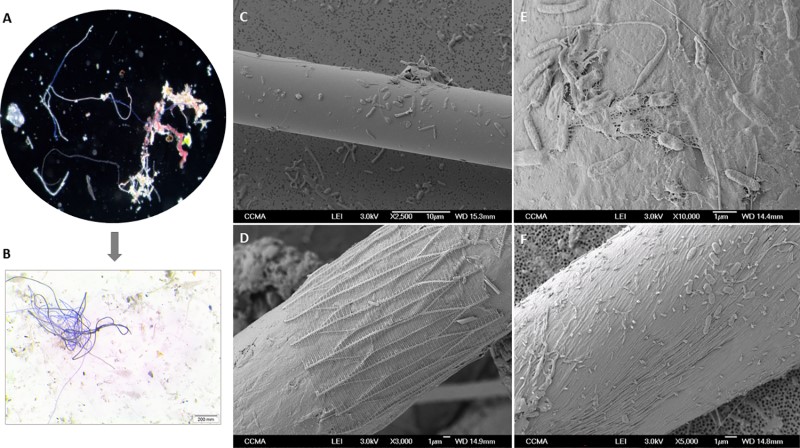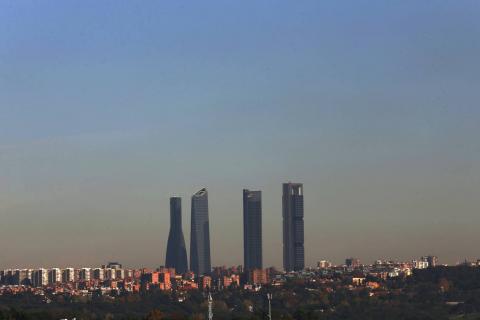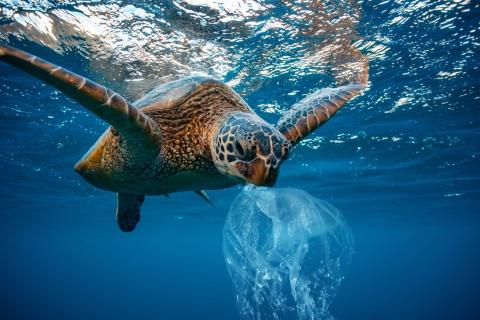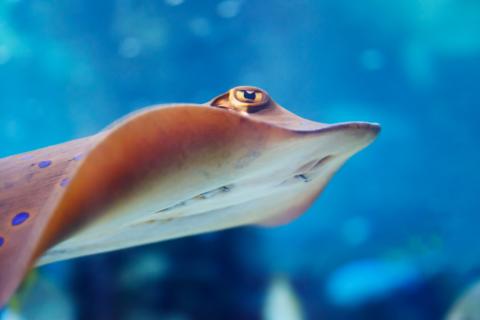Reaction: Bacteria colonise Mediterranean microfibres, including a species that causes food poisoning
A study published in PLOS ONE reveals that more than 2,600 bacteria live on average on each floating microfibre in the Mediterranean Sea, belonging to 195 bacterial species. This waste from plastic pollution, textiles and fishing activities, once colonised, smells like food and is consumed by marine animals. Among them, pathogenic Vibrio species have been found, a bacterium that can be a threat to bathing and seafood consumption.

Photomicrograph of floating fibers collected from the coastal zone of the northwestern Mediterranean (A), and scanning electron microscopy (SEM) images of their bacterial communities (B), with elongated and rounded cells as well as Extracellular Polymeric Substances (EPS) (C-F). Pedrotti et al., 2022, PLOS ONE, CC-BY 4.0
Joaquim Rovira Solano- microfibras mediterráneo
Joaquim Rovira Solano
Researcher at the Centre for Environmental Food and Toxicological Technology (TecnATox) at Rovira i Virgili University
The study is of good quality and the conclusions are supported by solid data that support the existing evidence. The presence of natural and synthetic fibres in the environment in general and in the marine environment in particular is causing concern. High numbers of synthetic fibres and microplastics have been found in water, deep-sea sediments and sands, as well as in animals that inhabit the seas, from fish to molluscs such as mussels. These fibres can cause health problems for these animals and the people who eat them. The study has detected micro-organisms, some of them pathogenic, associated with these microfibres. The origin of these micro-organisms may be diverse, but of particular concern are those that grow in sewage treatment plants, where large quantities of fibres from domestic washing machines are emitted. However, more research is needed, such as on the viability of these micro-organisms (whether they are alive, able to reproduce and therefore potentially harmful). These results are of real concern for public health and even more so if these micro-organisms incorporate antibiotic resistance genes, as other studies have already shown.
- Artículo de investigación
- Revisado por pares
- Estudio observacional



